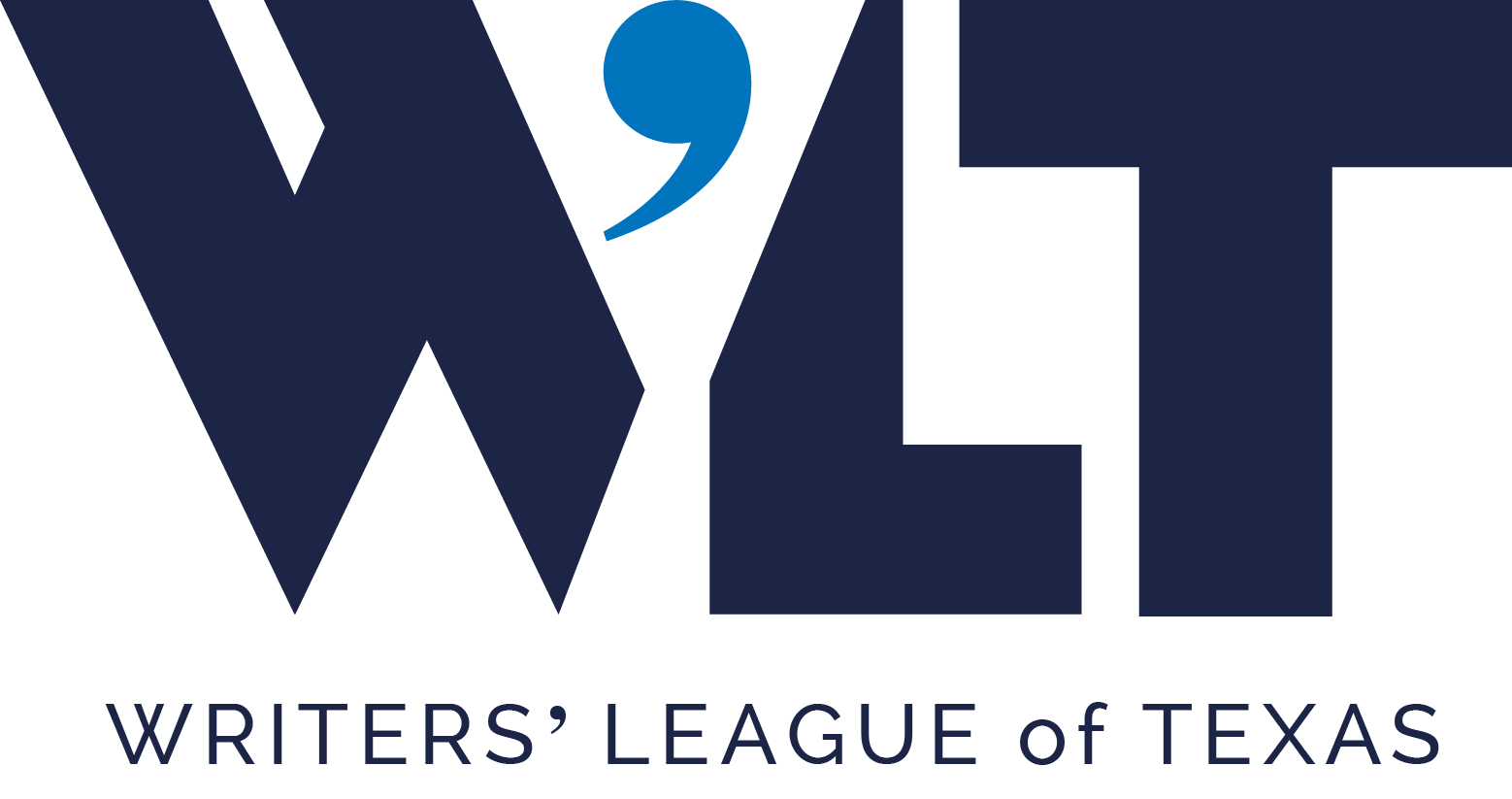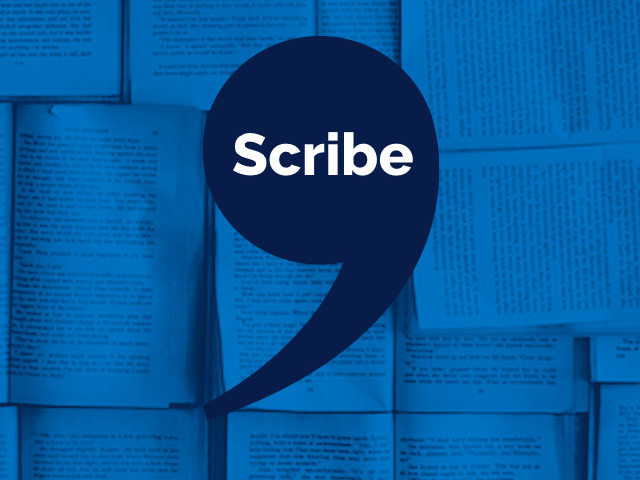 We’re a couple of weeks into our fall schedule of classes, and I’ve been thinking about what writers need to know—particularly what I needed to know when I started taking classes (and what I still need to be reminded of). If I had to tell my younger (even by a day) self anything, I think it’d be this:
We’re a couple of weeks into our fall schedule of classes, and I’ve been thinking about what writers need to know—particularly what I needed to know when I started taking classes (and what I still need to be reminded of). If I had to tell my younger (even by a day) self anything, I think it’d be this:
I have been a reader for two literary magazines, facing the ominous slush pile. Like most first-readers, I wanted to say yes but often said no. The reason for my rejections usually had nothing to do with plot or character.
The deciding factor for editors is often something much simpler: Does the prose carry them forward or stop them? Great writing can seem like a hard-to-define quality because it’s so varied. Books by Gillian Flynn, Toni Morrison, and Richard Price are wonderful for very different reasons, yet both writers can knock us out with killer passages and sentences–and make it look easy. That ease isn’t just talent. Published writers understand the mechanics of what makes descriptions come to life and how to move a narrative in and out of time and space (how to get that character through the door). The simplest things can make or break a story, and yet it’s natural to overlook them while focusing on plot and character.
Most of us are drawn to write because we love to read, and, as readers, we tend to, at first, appreciate books the way that I appreciate a well-designed building. I walk around it and through it and say, “Ooh, isn’t that cool.” My appreciation is that of a passerby or tourist, but if I were to try to talk about the building with an architect (like, say, my brother), I quickly realize how little I know. And what I think I know is really just surface information. You can’t appreciate a building without appreciating the stuff most of us don’t pay any attention to: the building materials and construction quality.
The same is true for prose writing. Novels and stories are built from materials (words and sentences) that we connect to create a particular effect. In learning to describe our written worlds in fresh ways and in learning to move swiftly from one moment in time to the next and one place to the next, we’re learning the materials and construction skills of our trade.
Classes like these are important because they reveal the nuts and bolts involved in writing. With all of this in mind, I’m excited that two upcoming classes are designed to teach these essential skills. You’ll find details on both below.
Michael Noll, WLT Program Director
michael@writersleague.org
______________________________________________
More than Meets the Eye: Writing the Four Other Senses
with Marian Szczepanski
Allowing characters to hear, taste, smell, and touch enables a writer to create, not just a story, but a palpable world readers are eager to enter and reluctant to leave. In this class, students will read and discuss examples of sensory detail in works from writers including Lily King, Michael Ondaatje, Anthony Doerr, Chitra Divakaruni, and Lauren Groff.
Students are encouraged (but not required) to bring a scene or a few pages of a piece of fiction or nonfiction they’re working on that they would like to enrich with more detail. Each student will receive a handout containing excerpts, writing exercises, and bibliography of works cited.
For more details and registration, click here.
About the instructor:
 Marian Szczepanski, author of the debut novel Playing St. Barbara, holds an MFA in fiction from the Program for Writers at Warren Wilson College. The recipient of numerous fellowships and named to the Houston Pressroster of “100 Houston Creatives” for 2014, Marian teaches creative writing workshops in Houston at Writespace and beyond.
Marian Szczepanski, author of the debut novel Playing St. Barbara, holds an MFA in fiction from the Program for Writers at Warren Wilson College. The recipient of numerous fellowships and named to the Houston Pressroster of “100 Houston Creatives” for 2014, Marian teaches creative writing workshops in Houston at Writespace and beyond.
______________________________________________
Time-Traveling through Pace: Building a Narrative Using Time and Action
with Natalia Sylvester
Narrative pace is all about movement-every sentence or paragraph has the potential to transport the reader through time and space. Moving between past and present and shifting from interior action to external action can propel a plot forward, stretch time to create suspense, or turn a small decision into a world-shifting event. But how do you navigate these dynamics to set the right pace for your story? How do you know to move in and out of time in one paragraph and stay in the moment in another? Is a scene more effectively told through action or through a character’s perception of that action?
This class will examine
- the mechanics of paragraphs that build upon one another to create narrative pace;
- ways to write history, present action, and internal conflict all in one telling and plot-propelling go;
- ways that moving in and out of time informs the present;
- and how the interior versus the external can work in tandem to move a story forward.
For more details and registration, click here.
About the instructor:
 Natalia Sylvester was born in Lima, Peru, and came to the U.S. at age four. A former magazine editor, Natalia now works as a freelance writer in Austin, Texas, and is a faculty member of the low-res MFA program at Regis University. Her first novel, Chasing the Sun, was named the Best Debut Book of 2014 by Latinidad and was chosen as a Book of the Month by the National Latino Book Club. Her second novel, Everyone Carries Their Own Water, is forthcoming from Little A in 2018.
Natalia Sylvester was born in Lima, Peru, and came to the U.S. at age four. A former magazine editor, Natalia now works as a freelance writer in Austin, Texas, and is a faculty member of the low-res MFA program at Regis University. Her first novel, Chasing the Sun, was named the Best Debut Book of 2014 by Latinidad and was chosen as a Book of the Month by the National Latino Book Club. Her second novel, Everyone Carries Their Own Water, is forthcoming from Little A in 2018.
______________________________________________
Find out more about these classes and other programming here.
Scribe Editor’s Note: In the future, we’re planning to publish more posts like this featuring notes from our staff. We hope you enjoy hearing from us directly, and we’d love to hear your thoughts. Email wlt@writersleague.org with any questions or feedback.









